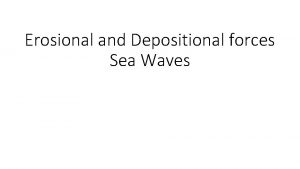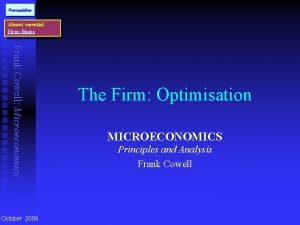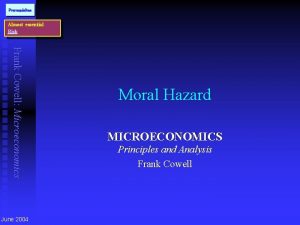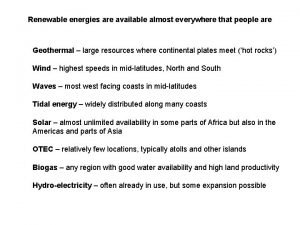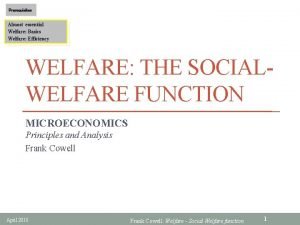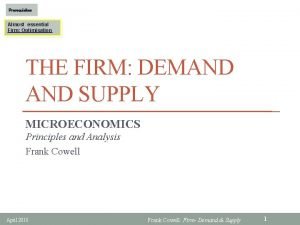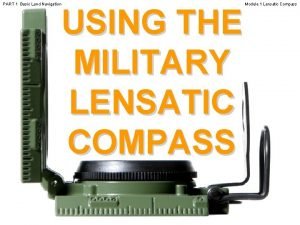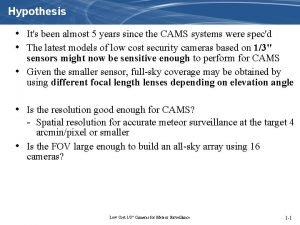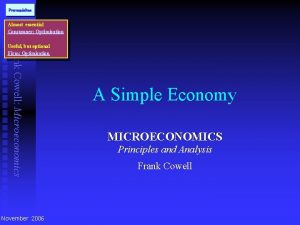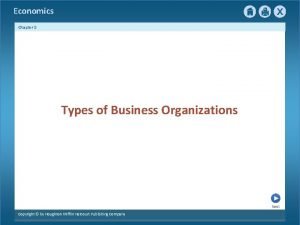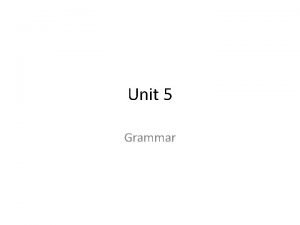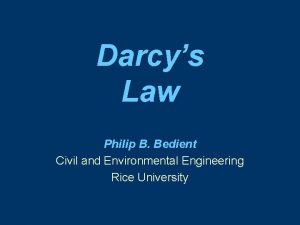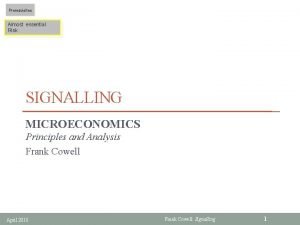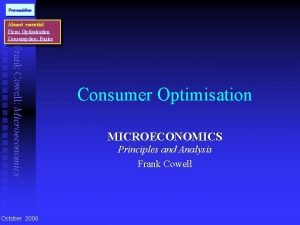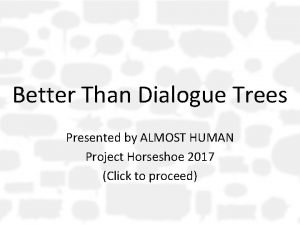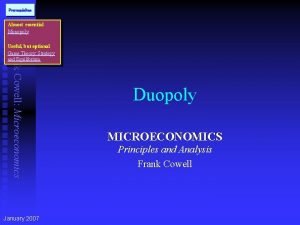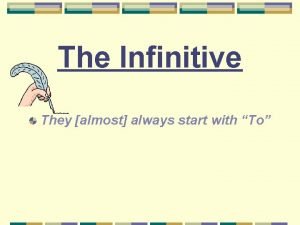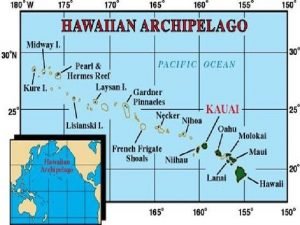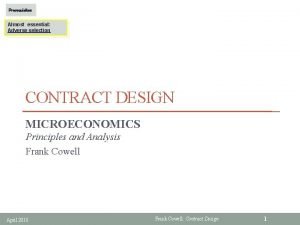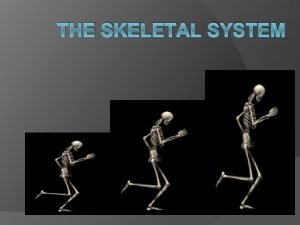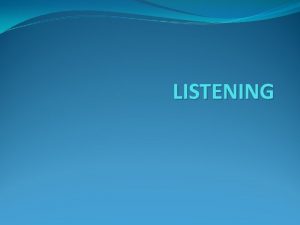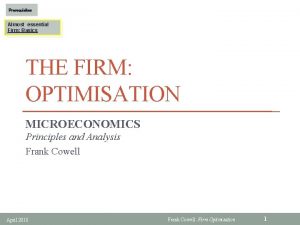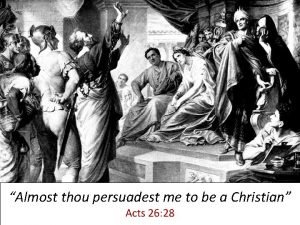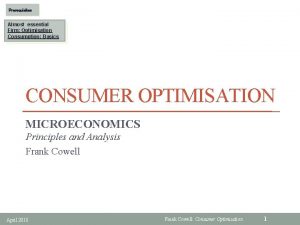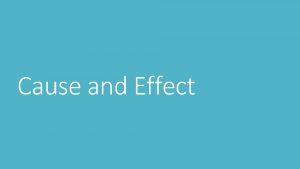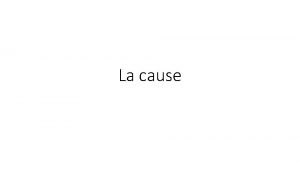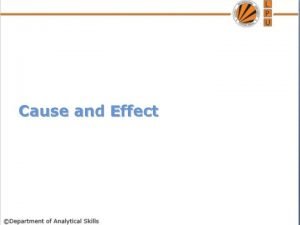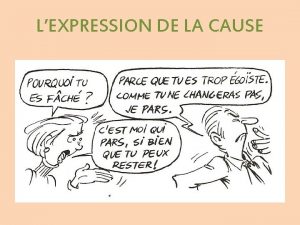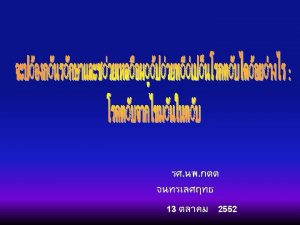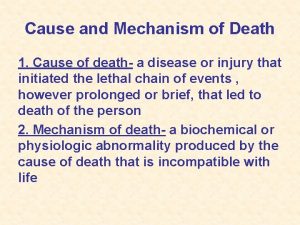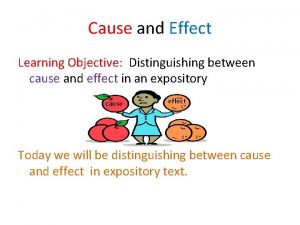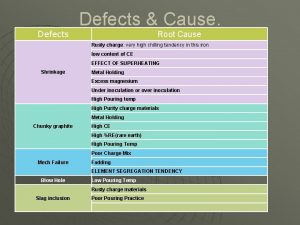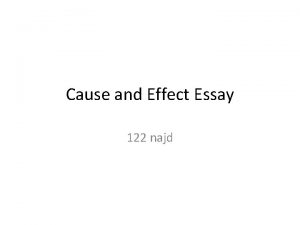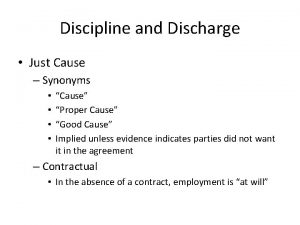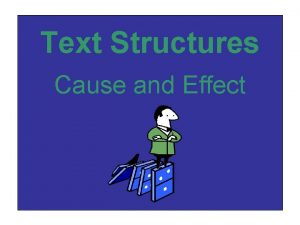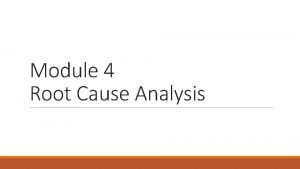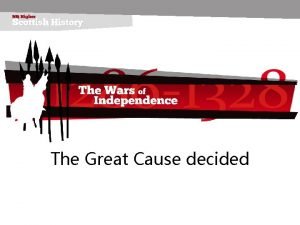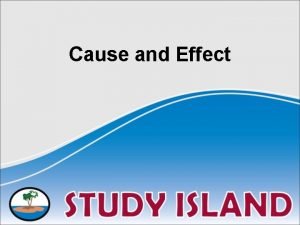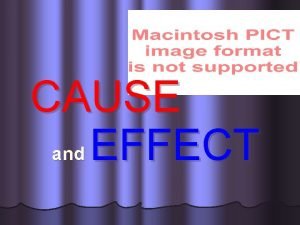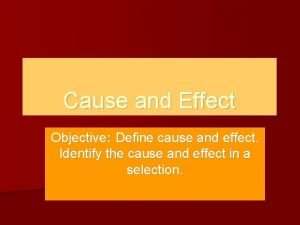The Crash Cause of the Crash 1 Almost






































- Slides: 38

The Crash

Cause of the Crash #1 • Almost Zero Government Regulation or Oversight over Risky Banking and Business Practices. – The “Republican Era” was built on the idea that unrestricted business was the pathway to prosperity. The economic explosion of the 20 s seemed to prove that idea right. The Harding and especially the Coolidge administrations reduced government involvement almost completely.

Cause of the Crash #2 • Risky Loans – Without any Government oversight, banks were free to provide unsecured loans. The nation’s debt soared, but more importantly, since the banks were giving loans to people who could not pay, the entire banking system became destabilized.

Cause of the Crash #3 • Consumer Borrowing – Consumer credit became widely available in the 20 s. Many people, feeling confident that there would always be lots of work, racked up high personal debt.

Cause of Crash #4 • Overproduction – As new technologies and production methods made manufacturing cheaper and faster, American companies were producing more than ever. Factories worked round the clock to produce as much as they could… unfortunately, there’s only so many washing machines, radios, and tooth brushes needed or wanted at any given moment. Overproduction meant that there were products being made that weren’t selling.

Cause of the Crash #5 • Stock Market Speculation – The Stock Market existed prior to the 20 s, but it was relatively small and only used by wealthy bankers, investors, and businessmen. The sense of economic security generated in the 20 s opened the Stock Market to the masses. Soon, many people began to believe that the Stock Market was a sure bet. Many BORROWED money to buy stocks… really bad idea.

Cause of the Crash #6 • Bank Runs – When the economy began to show real signs of trouble… people being laid off, factories closing, banks turning people away… people became worried about the security of their savings in banks. Bank customers rushed to banks to try to withdraw their savings before the bank went out of business… unfortunately, the more money withdrawn, the quicker the bank went under… taking everyone else’s savings with it.

Bank Runs




Effects of the Crash #1 • Bank Failures Bank runs meant, almost certainly, that the bank was doomed to go out of business. As banks all across America closed their doors, the nation’s source of credit dried up. People were no longer able to secure a home loan, small business loan, etc.

Effects of the Crash #2 • Savings Wiped Out Even if you had been responsible with your money during the 20 s, there was no federal deposit security system in place. Any money you had in the bank when it went under meant that it was gone forever. There was no way to get it back! Because of this experience in our history, today we have FDIC… the Federal Deposit Insurance Corporation which protects your bank deposits up to $100, 000

Effects of the Crash #3 • Falling Demand As people’s and businesses’ savings were wiped out, there was less and less income with which to purchase goods… less money means fewer goods demanded.

Effects of the Crash #4 • Cuts in Production With fewer goods demanded, companies responded by cutting production in an effect to avoid complete ruine.

Effects of the Crash #5 • Rise in Unemployment As production fell off in factories all over America, workers were let go. There were almost zero sectors of the economy that was hiring.



Effects of the Crash #6 • Deeper Cuts in Production As workers were let go, demand fell even further. Less demand meant greater cuts in production, which meant deeper cuts in labor



Effects of the Crash #7 • Downward Spiral… feedback effect

The Great Depression • The collapse of the Stock Market set in motion the collapse of the nation’s banking institutions which, in turn, led to the ruin of companies and families alike. Living under the myth that “everyone ought to be rich” in this new perfect consumer economy lured many into extremely risky financial decisions. • Now, the fallout of the crash: a full 1/3 of the nation has lost everything… including the ability to provide for their most basic needs.



Transients • With no regular employment, many went in search of whatever work they could find, roaming across America seeking a way to provide for their most basic needs.








“Hoovervilles” sprang up across America


The Dust Bowl

Agricultural Overproduction creates an Environmental Disaster • During the 20 s huge portions of the Great Plains were put to the plow for the first time using new machines. Simultaneously, a drought struck. With no grass on the plains to hold the surface soil in place, the dry winds began to lift the dried soil (now dust) into the air. Dust storms covered hundreds of miles and lasted for days at a time. Some of the most fertile soil on earth just blew away in the wind… a true ecological disaster.

 Greylag goose egg-retrieval behavior
Greylag goose egg-retrieval behavior Proximate causation biology example
Proximate causation biology example Proximate cause and ultimate cause
Proximate cause and ultimate cause Ter thin client
Ter thin client I think almost everyone has heard
I think almost everyone has heard Why did the bald eagle almost go extinct
Why did the bald eagle almost go extinct Erosional work of sea waves
Erosional work of sea waves Frank cowell microeconomics solutions
Frank cowell microeconomics solutions Cowell microeconomics
Cowell microeconomics Than almost everywhere
Than almost everywhere Almost essential
Almost essential Arid region with sparse to almost noneexistent vegetation
Arid region with sparse to almost noneexistent vegetation Almost essential
Almost essential Which technique is used almost exclusively for sighting
Which technique is used almost exclusively for sighting It has been almost 5 years
It has been almost 5 years William shakespeare 1564 to 1616
William shakespeare 1564 to 1616 Cowell microeconomics
Cowell microeconomics How is a franchise an almost independent business
How is a franchise an almost independent business Almost as soon as the gorilla television commercial
Almost as soon as the gorilla television commercial A channel runs almost parallel to a river
A channel runs almost parallel to a river Almost essential
Almost essential Almost essential
Almost essential Roy's identity
Roy's identity Almost essential
Almost essential Almost human games
Almost human games Data or instructions entered into the computer
Data or instructions entered into the computer Microeconomics
Microeconomics Do infinitives always start with to
Do infinitives always start with to It is built almost entirely
It is built almost entirely Almost essential
Almost essential Made almost entirely of compact bone
Made almost entirely of compact bone Listen negative
Listen negative Almost thou persuadest me to be a christian lds
Almost thou persuadest me to be a christian lds Almost everyone fails to pass the driver's test
Almost everyone fails to pass the driver's test What happens at this point?
What happens at this point? Almost thou persuadest me to be a christian
Almost thou persuadest me to be a christian Roy's identity
Roy's identity Information sets in game theory
Information sets in game theory Vellus hair almost never has a:
Vellus hair almost never has a:






